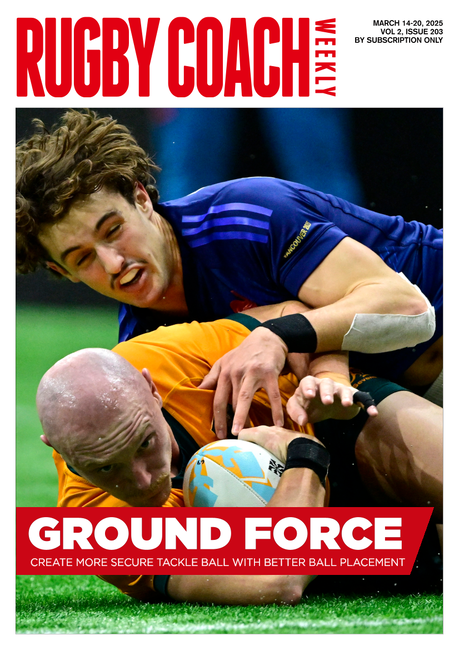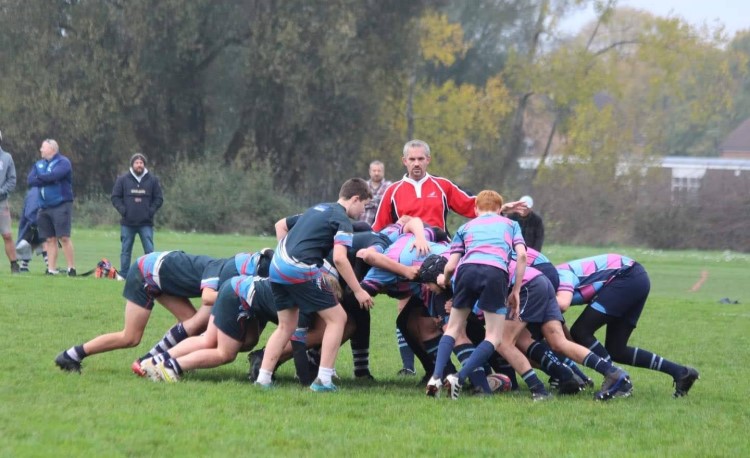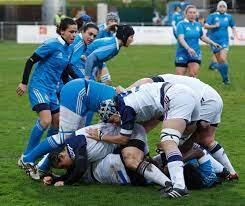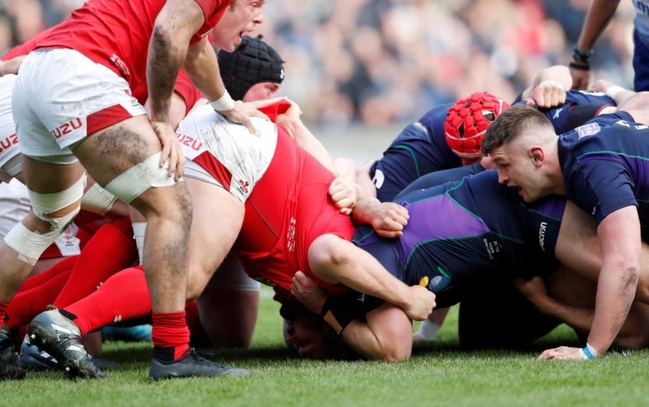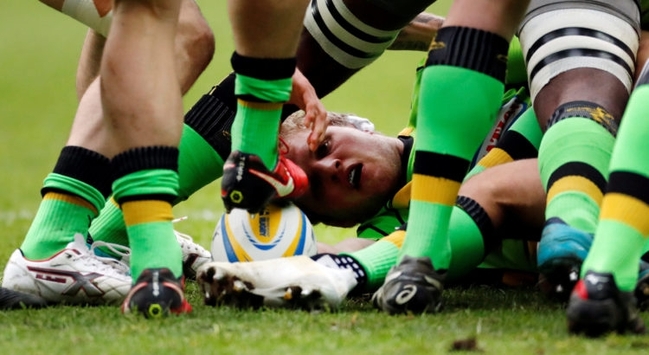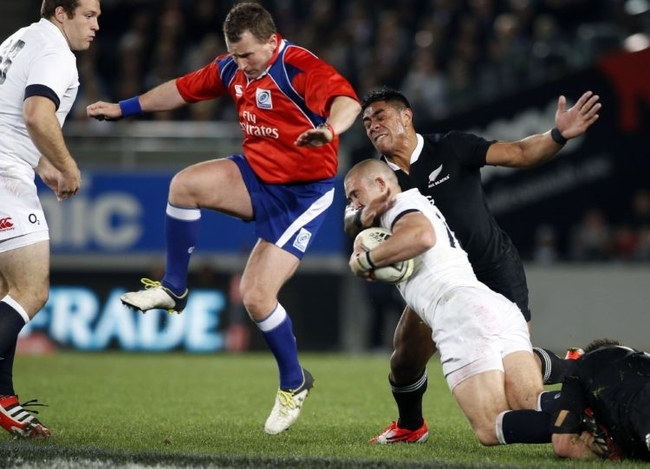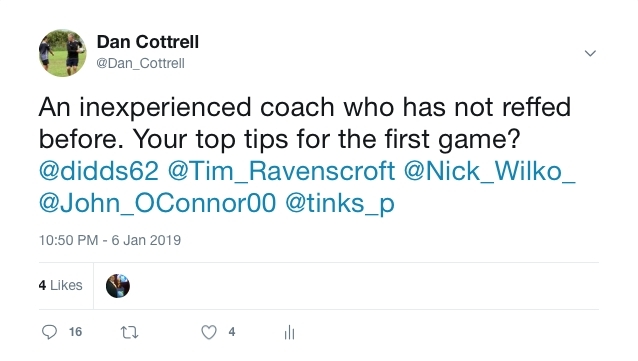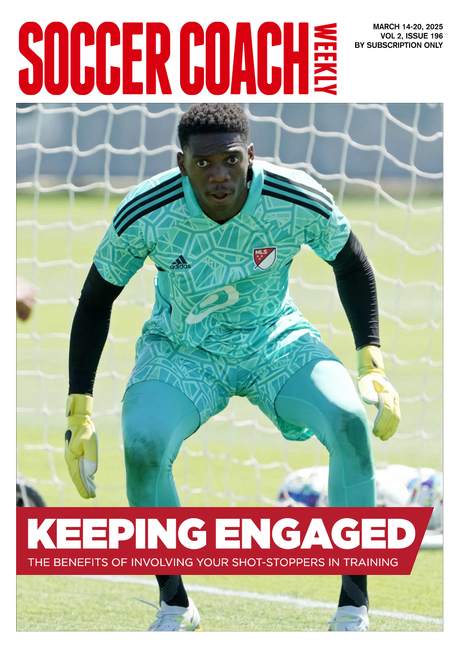Law trials 2022: 9 at the scrum
Ian Diddams reviews the possible consequences of the current law trials being looked at in the Queensland Challenger series. In this third article, he focuses on the consequences of the defending 9 having to stay at the scrum tunnel.
In this article, we review the trials surrounding the defending scrum-half’s scrummage positioning.
In this trial, the defending scrum-half cannot go beyond the midline of the scrum - that is, the tunnel.
Those who have coached younger squads will be well aware of this approach. It’s to provide the clearing scrum-half with a non-pressured pass. Here, it's again to speed up the game by getting the ball into play.
We need to consider both the attacking and the defending scrum-half's options and tactics.
ATTACKING
The clearest impact for the attack is that the feeding scrum-half is under no pressure at the base from a terrier-like opponent intent on disrupting or tackling the scrum-half. So, even a scrum under pressure from the opposition is free of further pressure to clear the ball, whether from a direct pick-up or a number eight pick-and-pop pass.
ATTACKING LEFT

A number 8 pick-up now has extra space to exploit when running left. Previously, this would mean an almost immediate tackle as the defending scrum-half at the rear of the scrum.
This pick-up now has an extra couple of metres to “go forward” before that defender is met, providing that left flanker with an easier route to support with less far to retreat. An explosive pick-and-go with speedy support by the left flank could create a quick ruck for the attacking scrum-half to play from.
It will have taken out potentially two defenders in that ruck, the scrum-half and flanker, and be much closer to the gain line, that is, the scrum midline and defending scrum-half offside line (see diagram on the bottom right).
This leaves options for another pass away to an attacking backline close to the gain line or the scrum-half to take a sniping run, almost guaranteed to cross the gain line.
It might be interesting when close to the opposition try line to play a bigger, stronger runner as scrum-half. For example, it could be the twelve with the potential to attack the try line from the quick ruck ball.
DEFENDING

The defending scrum-half will have to consider where to stand and how to pressurise after the pass away.
We have already seen one defensive position above – adjacent to the tunnel on the feeding side (other laws require the defender to also stand within one metre of the scrum, of course).
From this position, the scrum-half can act as another flanker in effect – close to the gain line and able to either take on back row moves (as above) or get away if the ball is passed from the base on the same side to chase down the backs on that side in tandem with the flanker.
The laws provide a second defensive option, however. From that initial tunnel position at the feed, the defending nine is allowed to retreat to the rear foot of the scrum, from where they can now stand anywhere in line with the rear foot across the entire pitch width. This is again an existing law provision. Typically, this would be used to move the nine defensively to the other side of the scrum.
This may be an option if that side of the scrum has a short blindside, so providing extra cover for an 8-9-14 attack. If the scrum is very close to the left-hand touchline, where the flanker and touchline, provide the defensive cover if the attack goes that side, and the nine is superfluous.
In a more centre-field position, the nine could move to that rear foot offside line and stand wider on the same side as the put-in, but this could potentially lose the pressure on the first receiver.
There is one further option for the nine (and again, this is an existing provision) not starting at the tunnel at all. Instead they join other defenders at the 5m offside line behind the scrum or moving from the tunnel to that deeper offside line. However, there is no actual benefit to be gained as this loses the options discussed above, which are a far better use of the defending nine.
SUMMARY
- Attacking – less pressure, easier gain line access potential
- Defending – options to cover blindside and act as another defending flanker
LINK TO POST ON TIME TRIAL
Related Files
Newsletter Sign Up
Coaches Testimonials

Gerald Kearney, Downtown Las Vegas Soccer Club

Paul Butler, Florida, USA

Rick Shields, Springboro, USA

Tony Green, Pierrefonds Titans, Quebec, Canada
Subscribe Today
Be a more effective, more successful rugby coach
In a recent survey 89% of subscribers said Rugby Coach Weekly makes them more confident, 91% said Rugby Coach Weekly makes them a more effective coach and 93% said Rugby Coach Weekly makes them more inspired.
Get Weekly Inspiration
All the latest techniques and approaches
Rugby Coach Weekly offers proven and easy to use rugby drills, coaching sessions, practice plans, small-sided games, warm-ups, training tips and advice.
We've been at the cutting edge of rugby coaching since we launched in 2005, creating resources for the grassroots youth coach, following best practice from around the world and insights from the professional game.


